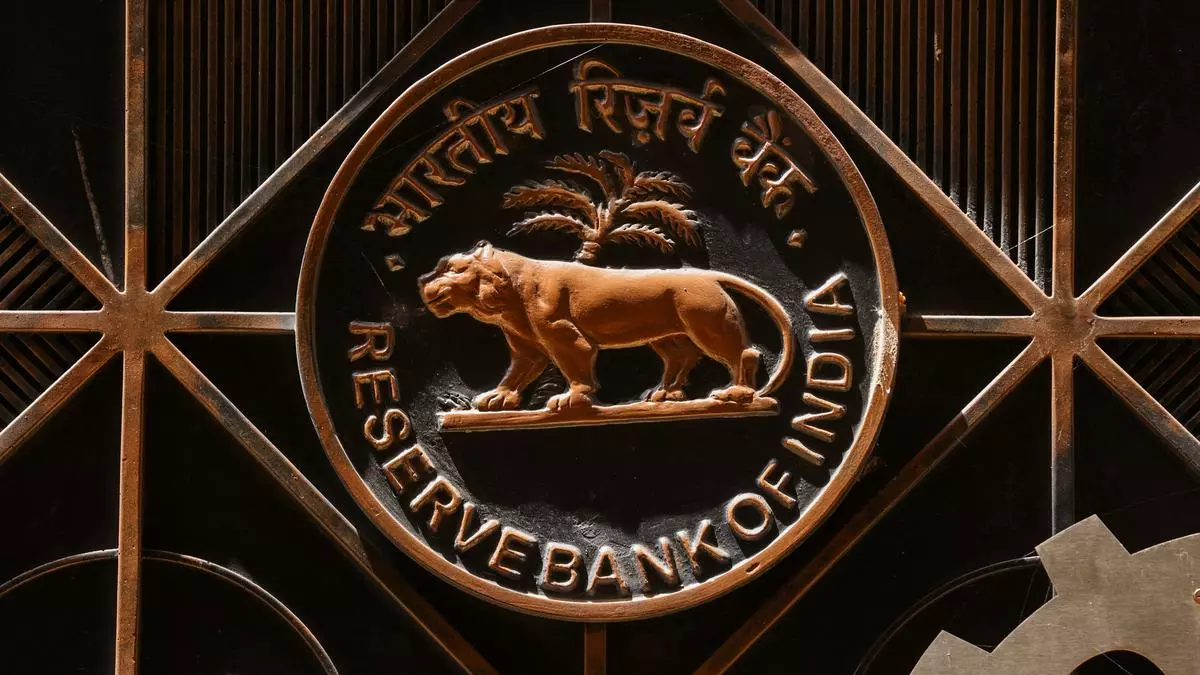AIFIs will be required to maintain a minimum total capital of 9 per cent by April 2024
The RBI has introduced norms on the Basel III capital framework, fund raising, exposure guidelines, and norms on classification and valuation of investment portfolios for All India Financial Institutions (AIFIs), which will come into effect from April 2024.
India has five AIFIs regulated by the central bank, namely the Export-Import Bank of India (EXIM Bank), the National Bank for Agriculture and Rural Development (Nabard), the National Bank for Financing Infrastructure and Development (NaBFID), the National Housing Bank (NHB), and the Small Industries Development Bank of India (SIDBI).
“As the Indian economy grows, AIFIs are increasingly being seen as key institutions to promote the flow of direct or indirect credit to the economic sectors they cater to. It has been decided, therefore, to extend the Basel III Capital framework to the AIFIs,” RBI said.
Capital adequacy
AIFIs will be required to maintain a minimum total capital of 9 per cent by April 2024, wherein minimum tier-I capital will need to be at 7 per cent and common equity tier-I (CET-1) capital at 5.5 per cent. For NHB, the implementation date will be July 2024, given that its accounting year is July–June.
All financial subsidiaries, except those engaged in insurance and non-financial activities (both regulated and unregulated), will need to be fully consolidated for the purpose of capital adequacy, the RBI said, adding that this will ensure an assessment of capital adequacy at the group level, taking into account the risk profile of assets and liabilities of the subsidiaries.
The central bank has capped AIFIs’ investments in capital instruments of banking, financial, and insurance entities at 10 per cent of their capital funds. AIFIs will not be allowed to acquire a fresh stake in a bank’s or AIFI’s equity shares if the acquisition leads to its holding exceeding 5 per cent of the investee’s equity capital.
Further, AIFIs’ equity investment in a single entity cannot exceed 49 per cent of the equity of the investee. While AIFIs can hold this entire 49 per cent stake as a pledgee, if the acquisition is against AIFI’s claims, the stake will need to be brought below 10 per cent within three years.
“AIFIs should focus on effective and efficient capital planning as well as long-term capital maintenance,” it said, adding that this requires an assessment of both the risks to which an AIFI is exposed and the risk management processes in place to manage and mitigate those risks.
AIFIs need to evaluate their capital adequacy relative to their risks and consider the potential impact on earnings and capital from economic downturns, it said, adding that an AIFI’s capital planning process “should incorporate rigorous, forward-looking stress testing”.
Courtesy: Business Lines dt. 21st Sept 2023






